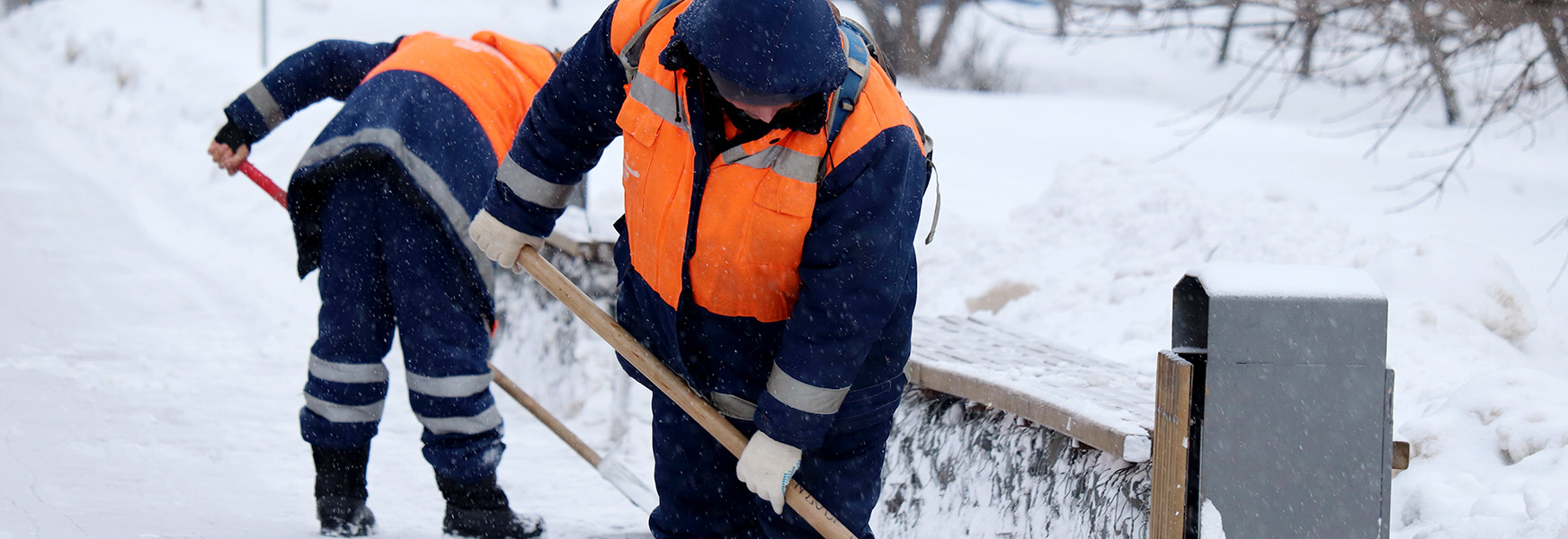Awareness and Prevention Are Key for the Top Three Winter Workplace Injuries

As winter approaches, workplaces face unique safety challenges. The colder months bring about a shift in weather patterns and conditions that significantly impact working environments. Unfortunately, with the change in weather comes an increase in workplace injuries. It is crucial to raise awareness about these potential hazards to promote safety and prevent accidents. In this blog, we will discuss the top three workplace injuries that occur during winter months and provide tips on how to mitigate these risks.
1. Slips Trips and Falls
Icy and slippery surfaces pose a significant threat to workers in various industries. Slip and fall accidents are one of the most common workplace injuries during the colder months. Employees can slip on icy walkways, parking lots, or indoor floors, resulting in severe injuries like fractures, sprains, concussions, and back injuries.
Prevention:
- Assess your walkways and parking lots to identify “high risk” areas (i.e. heavy foot traffic, main entrances, northern exposures, etc.).
- Regularly clear walkways and parking lots of snow and ice.
- Apply salt or de-icing agents to reduce ice buildup.
- Ensure proper lighting in and around the workplace to improve visibility.
- Provide appropriate footwear with good traction for employees.
For more information, refer to OSHA’s guide to Winter Weather Preparedness
On Wednesday, December 6, 2023, policyholders can attend MEMIC’s webinar Slip Trip Fall Prevention. Register early to submit your questions to our experts.
2. Cold Stress and Hypothermia
Working in cold conditions for extended periods can cause cold stress and hypothermia. Cold stress occurs when the body loses heat faster than it can produce it, leading to hypothermia, frostbite, or trench foot. Employees in construction, transportation, agriculture, and other outdoor jobs are particularly at-risk during winter.
Prevention:
- Encourage frequent breaks in warm areas.
- Provide employees with appropriate clothing like thermal gear, gloves, and hats.
- Educate workers on recognizing the signs of cold stress and how to respond.
- Monitor weather forecasts and adjust work schedules accordingly.
Refer to NIOSH Cold Stress resources for more cold safety information.
3. Vehicle Accidents
Winter months bring hazardous road conditions due to snow, ice, and reduced visibility. Workers who commute or drive as part of their job may be at increased risk of accidents during this season. Vehicle accidents can result in severe injuries and even fatalities.
Prevention:
- Encourage safe driving practices, including reduced speed and increased following distance.
- Perform regular maintenance and inspections on company vehicles.
- Provide defensive driving training to employees.
- Encourage telecommuting or remote work on particularly hazardous weather days.
Check out US Department of Transportation’s Winter Weather Driving Tips
Awareness and proactive measures are key to preventing workplace injuries during the winter months. By understanding and addressing the risks, employers can create a safer work environment for their employees. Implementing safety protocols, providing appropriate training, and promoting a culture of safety can significantly reduce the likeliness of winter-related workplace injuries, ultimately protecting the well-being of workers.
Let's work together to make this winter season safer for all employees. Stay warm and stay safe!
Related Blogs
- Taming the Dangerous Passage - Safely Entering and Exiting a Vehicle During Winter Weather (memic.com)
- Getting Ready For Winter Weather (memic.com)
- Don’t Skate Around Snow Removal Equipment (memic.com)
- ‘Tis the Season to be Sanding (memic.com)
Other cold weather blogs can be found by looking at our outdoor safety topics, or browsing our Winter Safety resources page.

